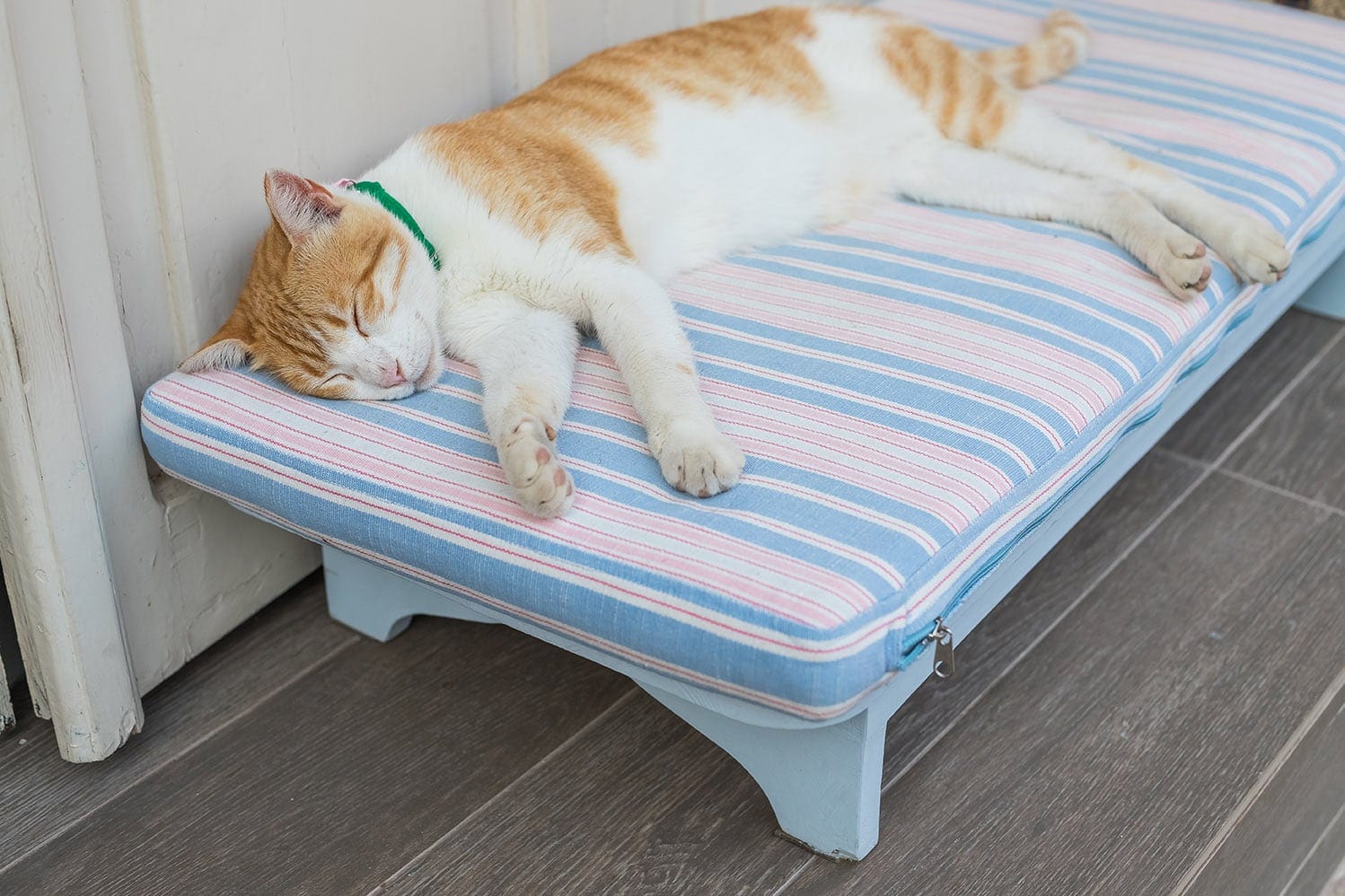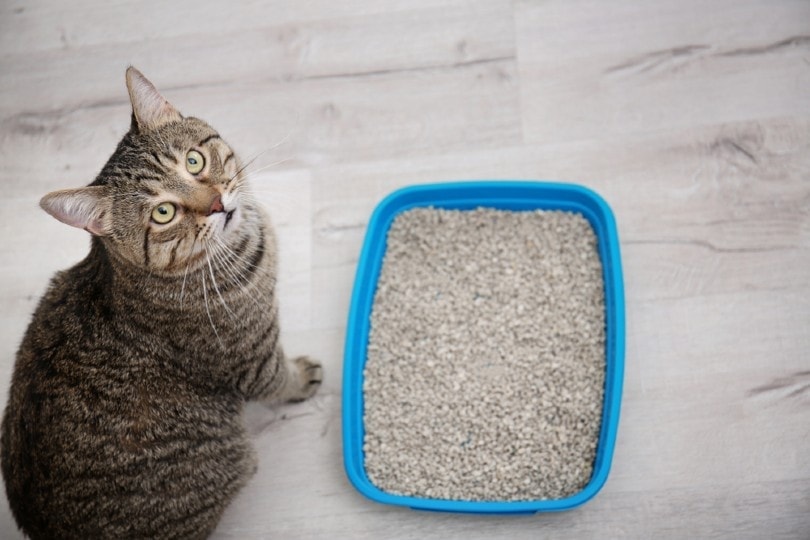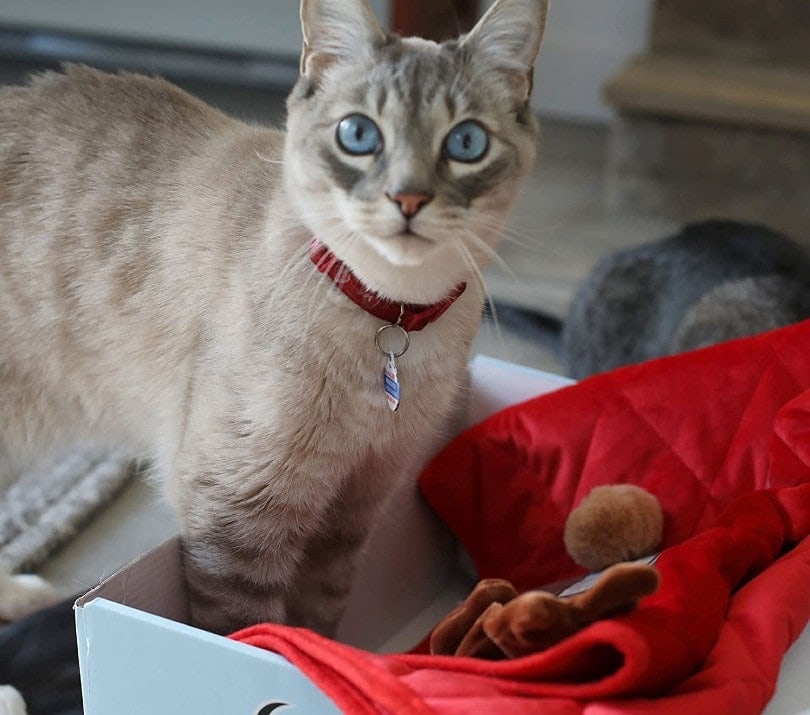Can an Outdoor Cat Become an Indoor Cat? 4 Tips For a Safe Transition

Updated on
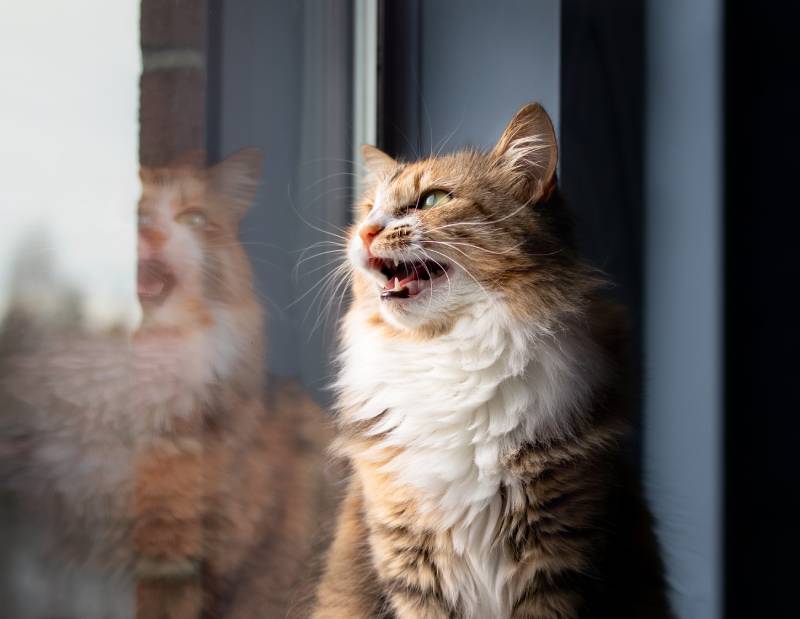
Click to Skip Ahead
From a cat’s perspective, the world is a fascinating playground. All the different sights, smells, and sounds make the great outdoors an enticing place for a feline. But despite all the excitement, the risks and dangers associated with being an outdoor cat beg the question, “Can an outdoor cat become an indoor cat?” With patience and by following the right steps, an outdoor cat can adapt to indoor living.
The Outdoor vs Indoor Cat Dilemma
Outdoor cats often lead adventurous lifestyles. They can freely roam, hunt, and explore, thus engaging their instincts. However, that freedom comes with potential threats, including dangerous animals, traffic, and harsh weather conditions—quite the opposite of an indoor cat’s life.
Maybe you’ve been allowing your feline friend to explore the outdoors and want to shift them to an indoor lifestyle. Or perhaps you’re considering bringing in a cat from the streets. Either way, it’s important to know that, yes, an outdoor cat can become an indoor cat.
It will take time, patience, and understanding, but with the right steps, an outdoor cat can adapt to indoor living. So, whether it’s your cat or one you wish to adopt, you can help facilitate a smooth transition.
Understanding Your Cat’s Nature
Before transitioning your outdoor cat to an indoor lifestyle, it’s important to understand why they may be attracted to the outdoors in the first place. Cats are natural hunters with a strong sense of curiosity. And as we’ve seen, outdoor environments provide the perfect arena for them to exercise these instincts.
An indoor lifestyle, however, doesn’t necessarily mean these instincts have to be suppressed. By providing an engaging indoor environment that caters to your cat’s hunting and exploring instincts, you can help ease the transition.
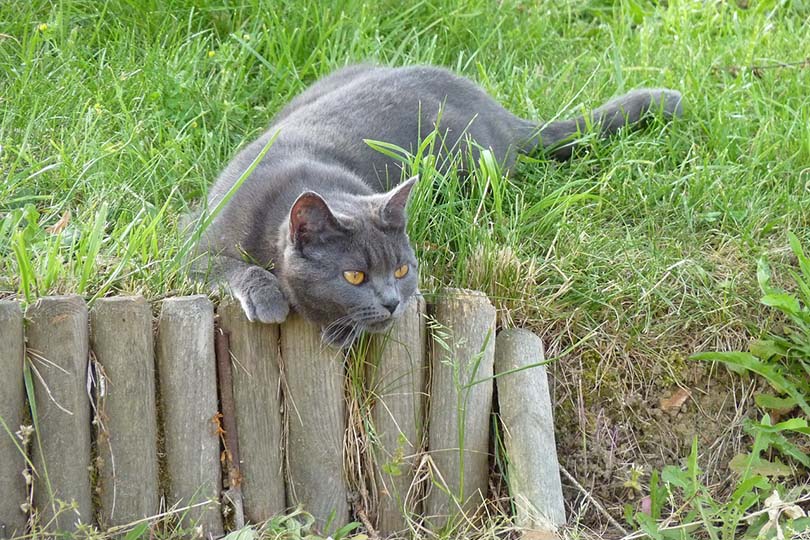
Creating an Indoor Environment Your Cat Will Love
A major concern for indoor cats is boredom, leading to destructive behavior and potential health issues like obesity. Creating an engaging indoor environment is crucial in making your cat comfortable with their new living arrangement.
Provide scratching posts and interactive toys to help your cat exercise and stay mentally stimulated. Offer various toys that mimic the movement of prey to keep your cat’s hunting instincts sharp. Puzzle feeders can also be an excellent addition to engage your cat’s problem-solving skills.
Another crucial aspect is providing vertical spaces. Cats love to climb and survey their surroundings from high vantage points. Cat trees, shelves, and window perches can offer your cat the vertical territory they crave.
Lastly, don’t forget about the importance of natural light and outdoor views. Cats enjoy watching the outside world. Set up a bird feeder near a window to create a “cat TV” that your cat can watch for hours.
 Top 4 Tips to Transition a Cat From Outdoor to Indoor
Top 4 Tips to Transition a Cat From Outdoor to Indoor
Moving from the great outdoors to an indoor lifestyle is a significant change for your cat. Here are some steps to help make this transition smoother:
1. Provide a Safe Space
Start by confining them to a small, quiet room with a litter box, food, water, and a comfy bed. This space will serve as a safe zone where they can gradually get used to indoor smells and sounds.
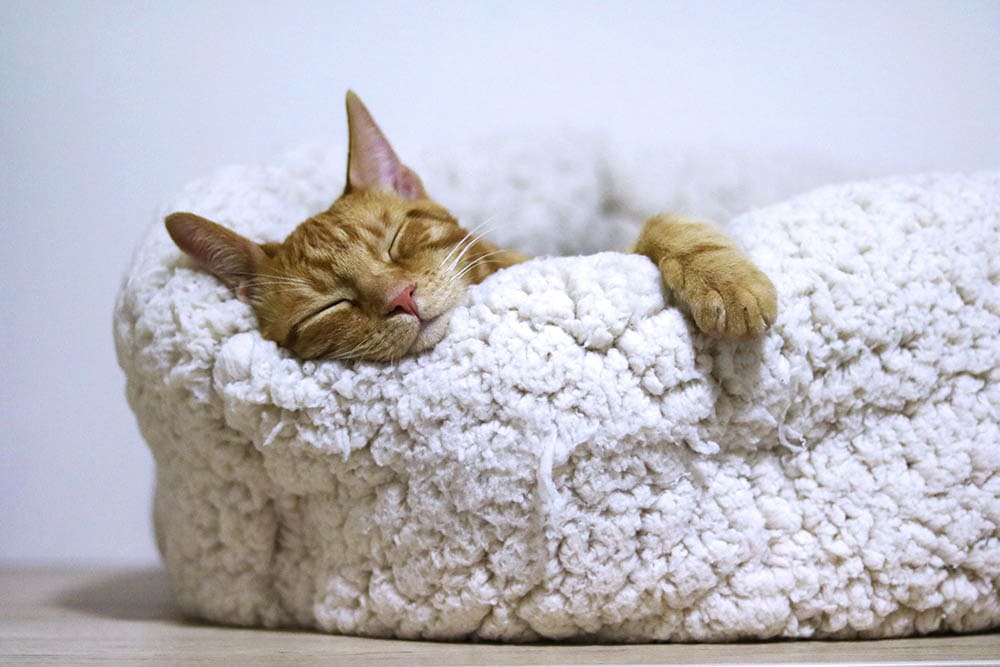
2. Slowly Expand Their Territory
Once the cat seems comfortable in their room, slowly allow them to explore the rest of the house under your supervision. This approach avoids thrusting too much on the cat all at once, which can be incredibly overwhelming.
3. Avoid Sudden Changes
Stray cats are used to a certain level of predictability in their environment. Sudden changes can be stressful. Try to maintain a consistent routine for feeding, playing, and cuddling. This plays into the previous point—subjecting a cat to too many new things can quickly lead to stress and fear.
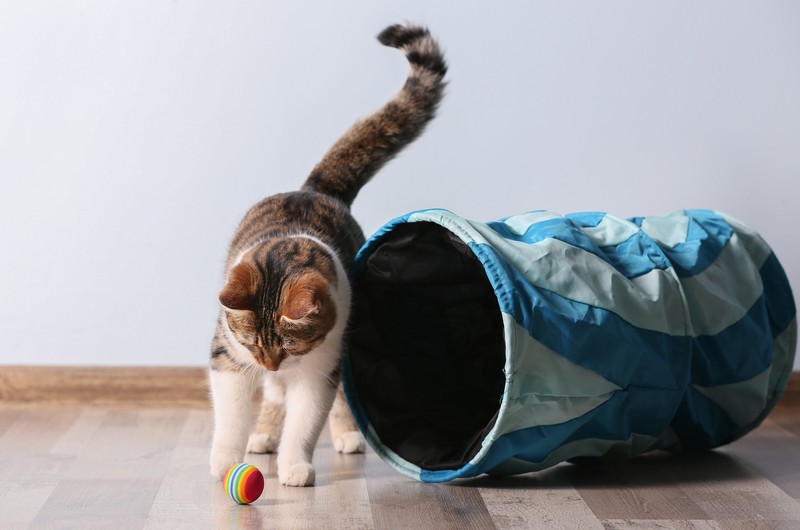
4. Use Positive Reinforcement
Encourage positive behaviors with treats, praise, and petting. This can help the cat associate the indoor environment with pleasant experiences.
Above all else, patience is vital during this period. It’s normal for your cat to resist at first but be consistent and patient. The change won’t happen overnight, but with time, your cat should start feeling more comfortable indoors.
 How Long Does It Take for a Stray Cat to Get Used to Being Inside?
How Long Does It Take for a Stray Cat to Get Used to Being Inside?
The transition time from outdoor to indoor life can greatly vary from cat to cat, as it is highly dependent on the cat’s past experiences, temperament, and age. When it comes to stray cats that have lived a significant portion of their lives in the wild, the adjustment period can be a bit longer compared to a cat that has experienced domestication.
It’s essential to approach the transition with an understanding that the stray cat’s outdoor life is all they’ve known. The indoor environment, with its confined space and unfamiliar smells, can be quite overwhelming for them.
In general, expect a transition period of about four weeks. Just keep in mind that this is an average timeline, and some cats might need more or less time. It is important to remember that every cat is unique, and it’s crucial to follow your cat’s pace rather than trying to rush the process.
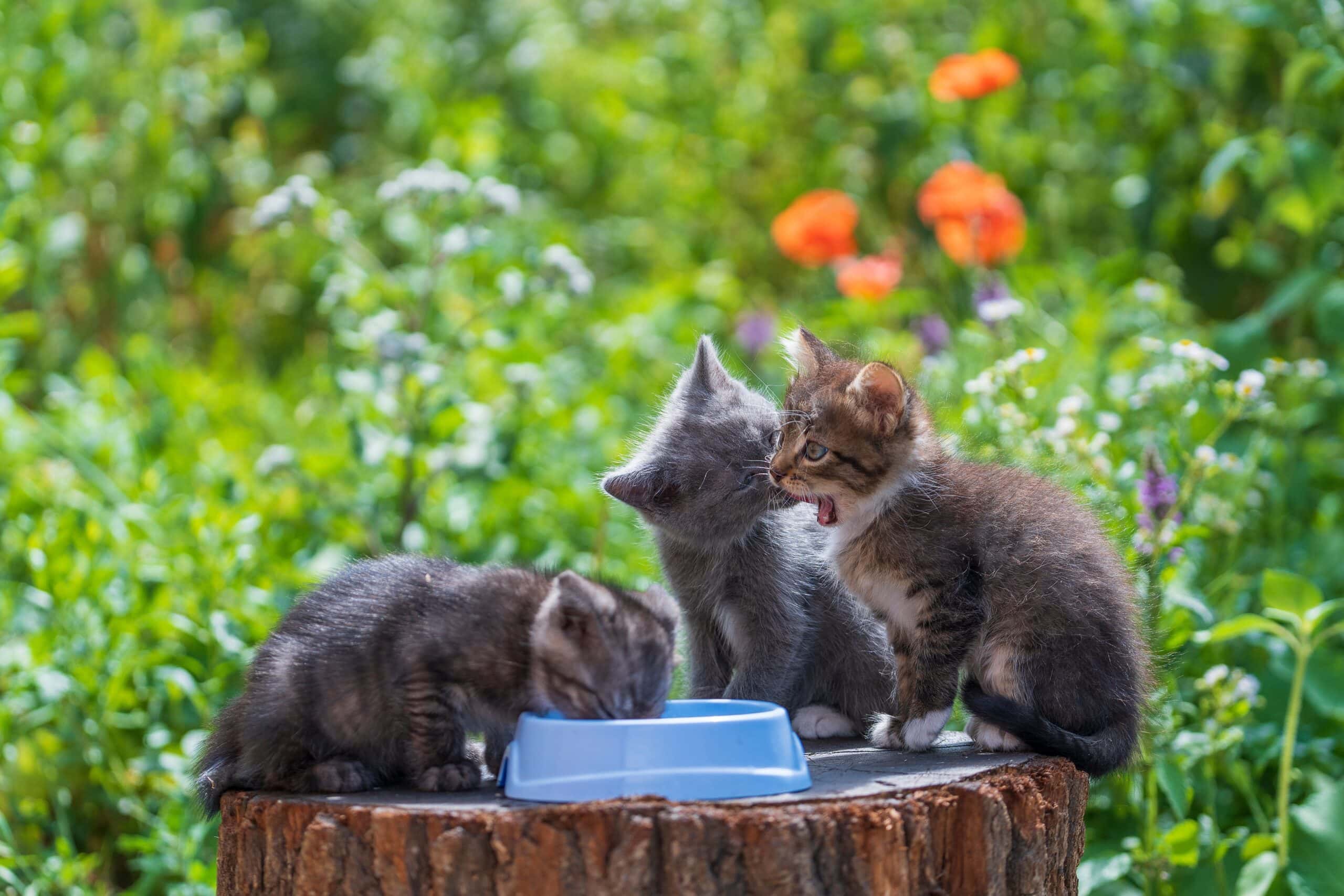
 Top 5 Tips to Ensure Your Cat’s Health, Safety, and Happiness
Top 5 Tips to Ensure Your Cat’s Health, Safety, and Happiness
The final but arguably most important aspect of transitioning an outdoor cat to an indoor lifestyle is ensuring your pet’s health, safety, and happiness. Here are some tips to achieve this:
1. Regular Veterinary Check-ups
Regular vet visits are crucial for early detection and prevention of health issues. Your vet can also provide personalized advice based on your cat’s health condition.

2. Maintain a Balanced Diet
Obesity can be a significant issue for indoor cats due to reduced activity. Monitor your cat’s diet closely, opt for high-quality cat food, and avoid overfeeding.
3. Engage in Interactive Play
Play with your cat regularly. Interactive play stimulates their mind, keeps them active, and strengthens your bond.
4. Provide Mental Stimulation
Apart from toys, consider training your cat to use a leash or creating a catio (an enclosed outdoor space for cats) for supervised outdoor time. This can offer the best of both worlds, with the safety of being indoors and the stimulation of the outdoors.
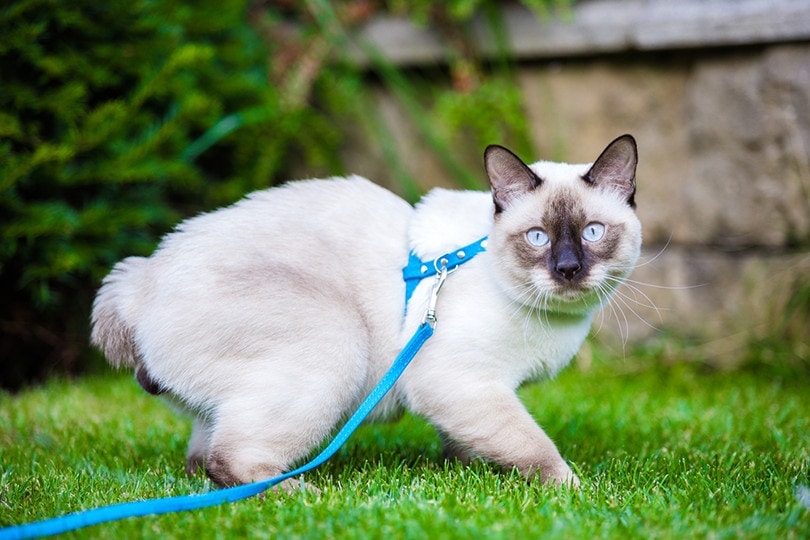
5. Show Affection
Cats are often viewed as solitary animals, but they need affection, too. Regular petting, brushing, and cuddling can help your cat feel secure and loved in their new indoor environment.
Even cats that have lived most of their lives outdoors can come to learn to appreciate the indoor lifestyle. If you don’t get the results you’d hoped for right away, don’t give up. Continue to employ the tips outlined above in conjunction with these general cat care guidelines.
With patience and perseverance, you can successfully acclimate your feline friend to the wonders and safety the great indoors offer.
Conclusion
Transitioning an outdoor cat to an indoor lifestyle is certainly possible, but it requires dedication, patience, and understanding from the cat owner. With the right steps and an engaging indoor environment, your feline friend can thrive in their new indoor home, leading a life that’s not only safer but also enriched and fulfilling.
Featured Image Credit: sophiecat, Shutterstock

